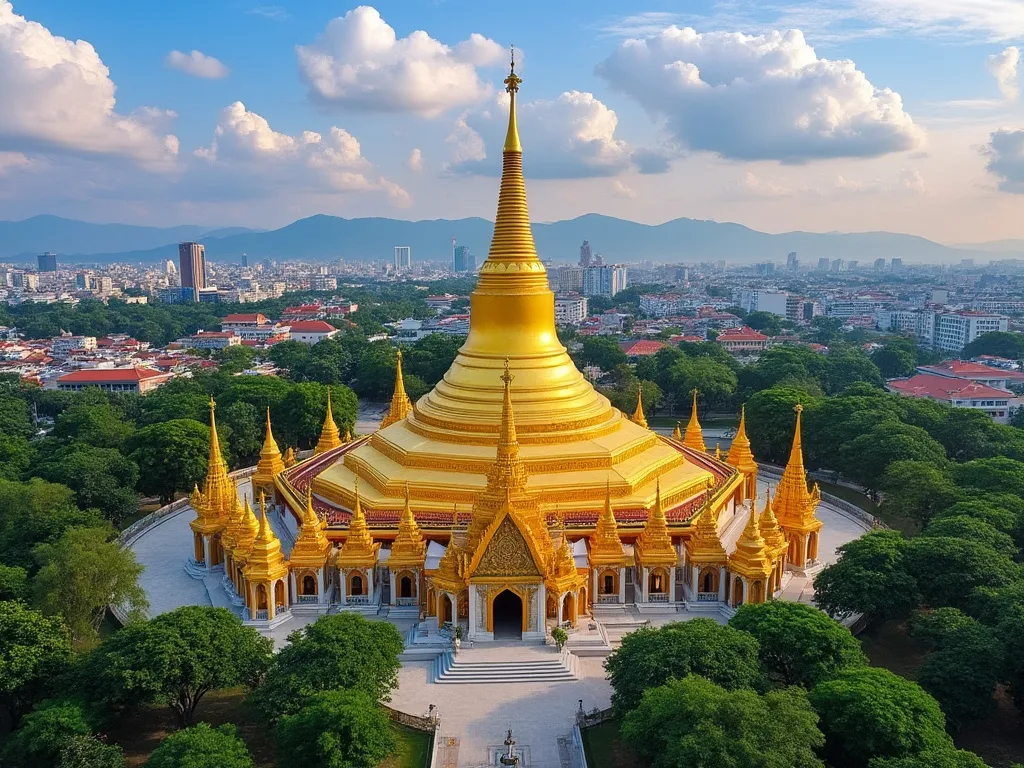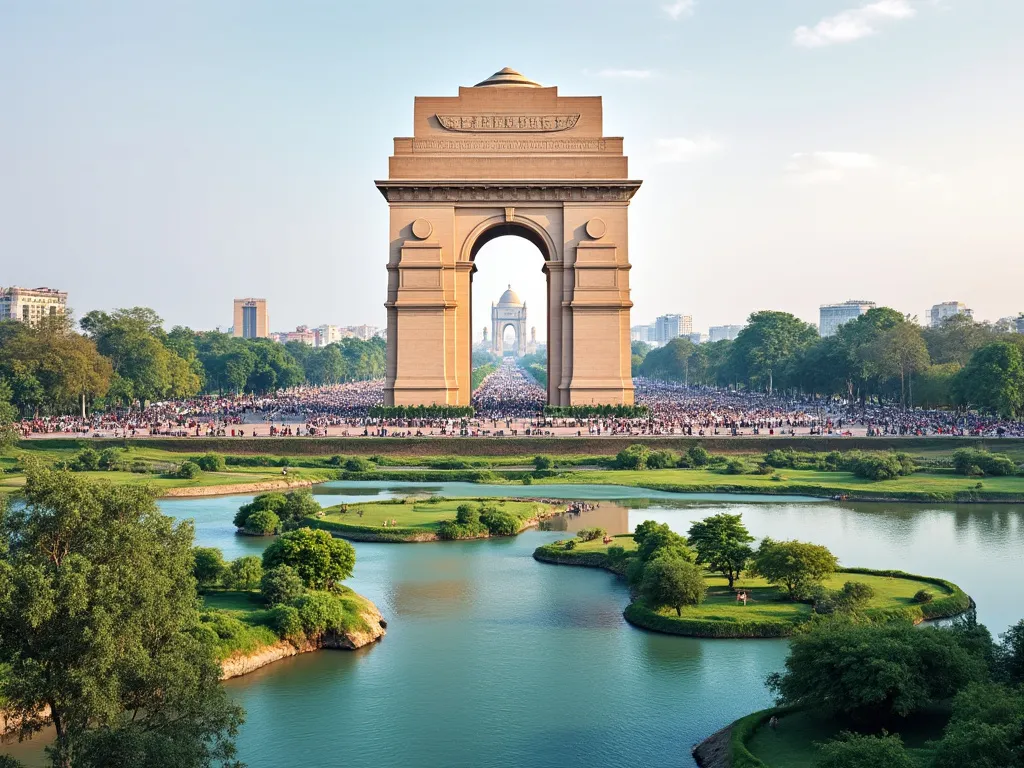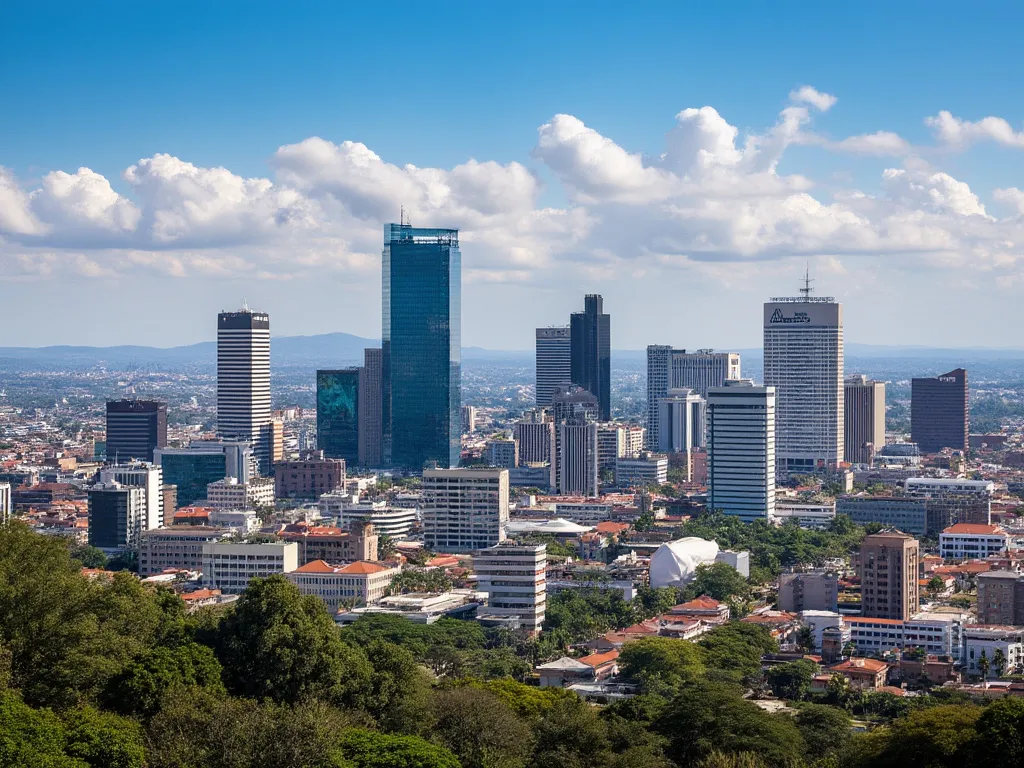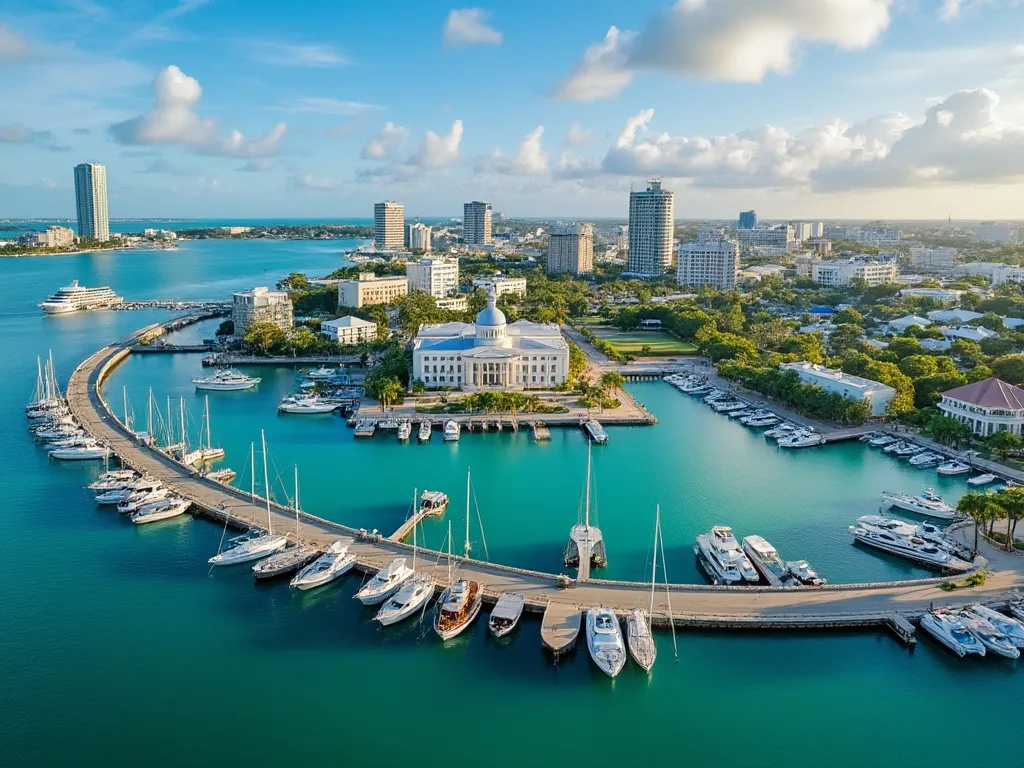
Naypyidaw, also known as Nay Pyi Taw, is the capital city of Myanmar (Burma), a country located in Southeast Asia. The city was purpose-built to serve as the country's new capital, replacing Yangon, which had been the capital since the country's independence from British colonial rule in 1948.
Naypyidaw Information
| Country | 🇲🇲 Myanmar |
| Population | 925,000 (approximate) |
| Coordinates | 19.75°N 96.1°E |
| Area | 7,054.37 km² (2,723.71 sq mi) |
| Climate | Tropical savanna climate |
| Language | Burmese (official), English (widely spoken) |
| Currency | Myanmar kyat (MMK) |
| Time zone | Myanmar Standard Time (MST) (UTC+6:30) |
| Proximity to other major cities | Approximately 320 km (200 mi) north of Yangon, 240 km (150 mi) south of Mandalay |
Historical Background of Naypyidaw
The decision to build a new capital city was made by the ruling military junta in 2002, with the aim of creating a more centralized and secure location for the government. The city was officially inaugurated on November 6, 2005, and has since become the seat of government, home to the country's parliament, ministries, and other government institutions.
Geographical Location of Naypyidaw
Naypyidaw is located in the center of Myanmar, approximately 320 km (200 mi) north of Yangon and 240 km (150 mi) south of Mandalay. The city is situated in a valley, surrounded by the Shan Plateau to the east and the Irrawaddy River to the west. The city's terrain is generally flat, with some hills and mountains in the surrounding areas.
Cultural Significance of Naypyidaw
Naypyidaw is a city of great cultural significance, with a blend of traditional Burmese architecture and modern infrastructure. The city is home to many important landmarks, including the Uppatasanti Pagoda, a replica of the famous Shwedagon Pagoda in Yangon, and the Naypyidaw National Museum, which showcases the country's history and culture.
Economic Importance of Naypyidaw
Naypyidaw is an important economic center, with a growing economy driven by government investment and infrastructure development. The city is home to many government ministries and institutions, as well as a number of private sector companies, including those involved in agriculture, manufacturing, and services.
Interesting Facts About Naypyidaw
- Naypyidaw is one of the most planned cities in the world, with a grid-like street pattern and a focus on sustainability and environmental protection.
- The city has a number of unusual features, including a 20-lane highway that is largely empty, and a number of grand monuments and statues.
- Naypyidaw is home to a number of important educational institutions, including the Naypyidaw University and the Defense Services Academy.
Tourist Attractions in Naypyidaw
- Uppatasanti Pagoda: A replica of the famous Shwedagon Pagoda in Yangon, this pagoda is one of the city's most important landmarks.
- Naypyidaw National Museum: This museum showcases the country's history and culture, with a collection of artifacts and exhibits.
- National Assembly Complex: This complex is home to the country's parliament and is an important symbol of the country's democracy.
Conclusion on Naypyidaw
In conclusion, Naypyidaw is a city of great cultural and economic significance, with a blend of traditional Burmese architecture and modern infrastructure. The city is home to many important landmarks and institutions, and is an important center of government and commerce.
 N'Djamena
N'Djamena
 New Delhi
New Delhi
 Nairobi
Nairobi
 Nassau
Nassau